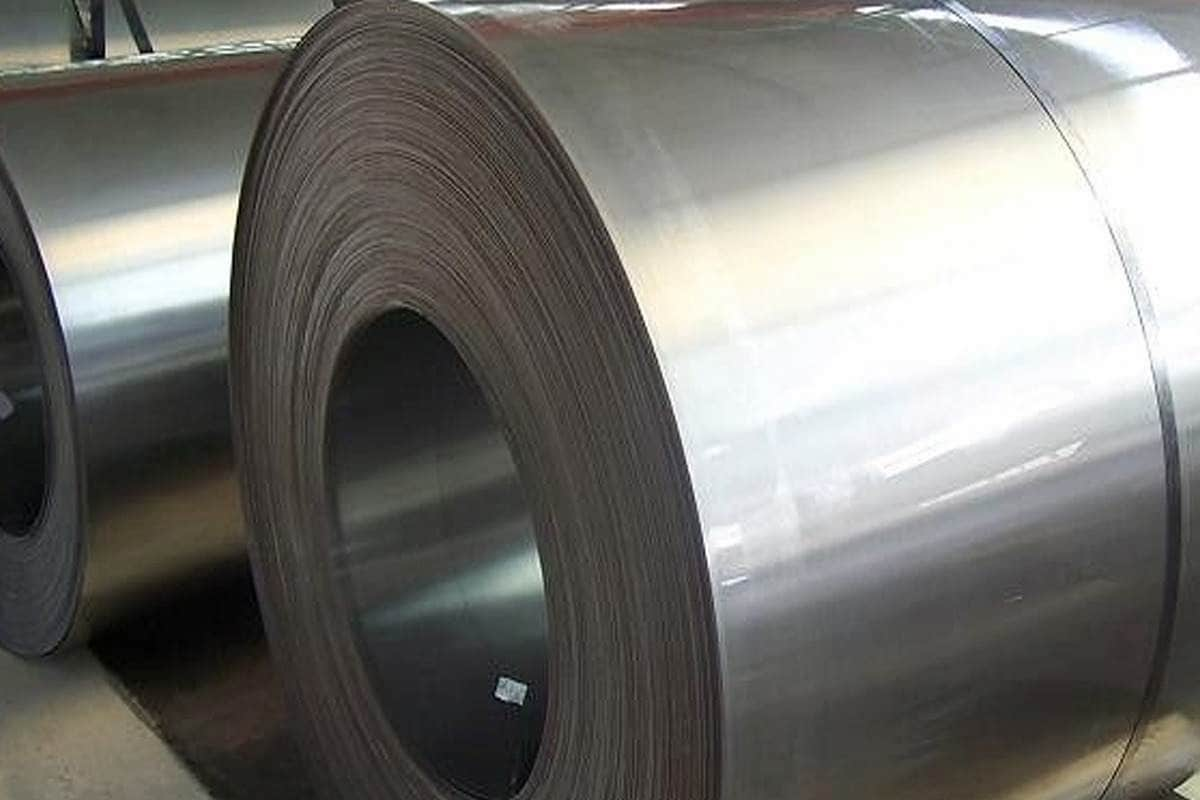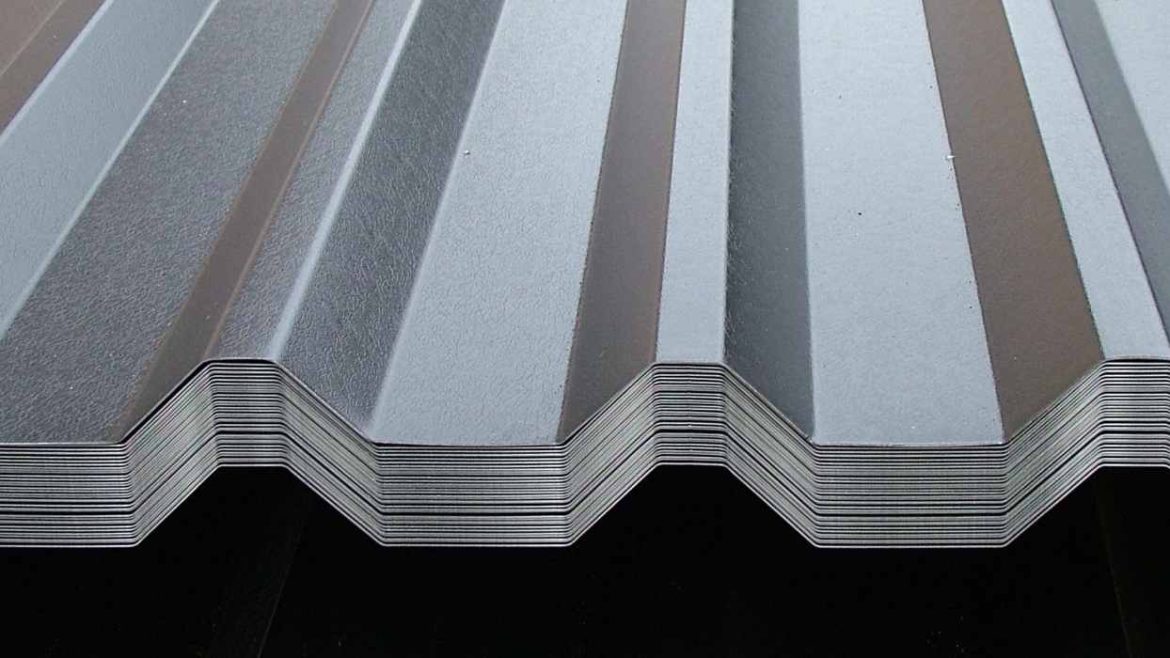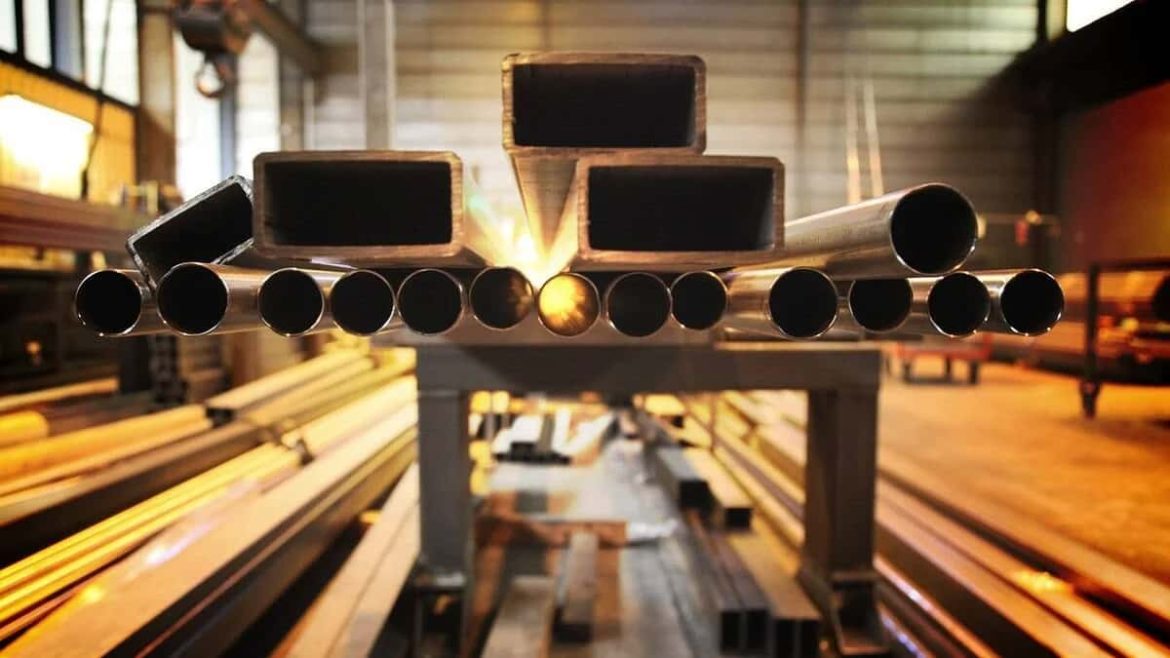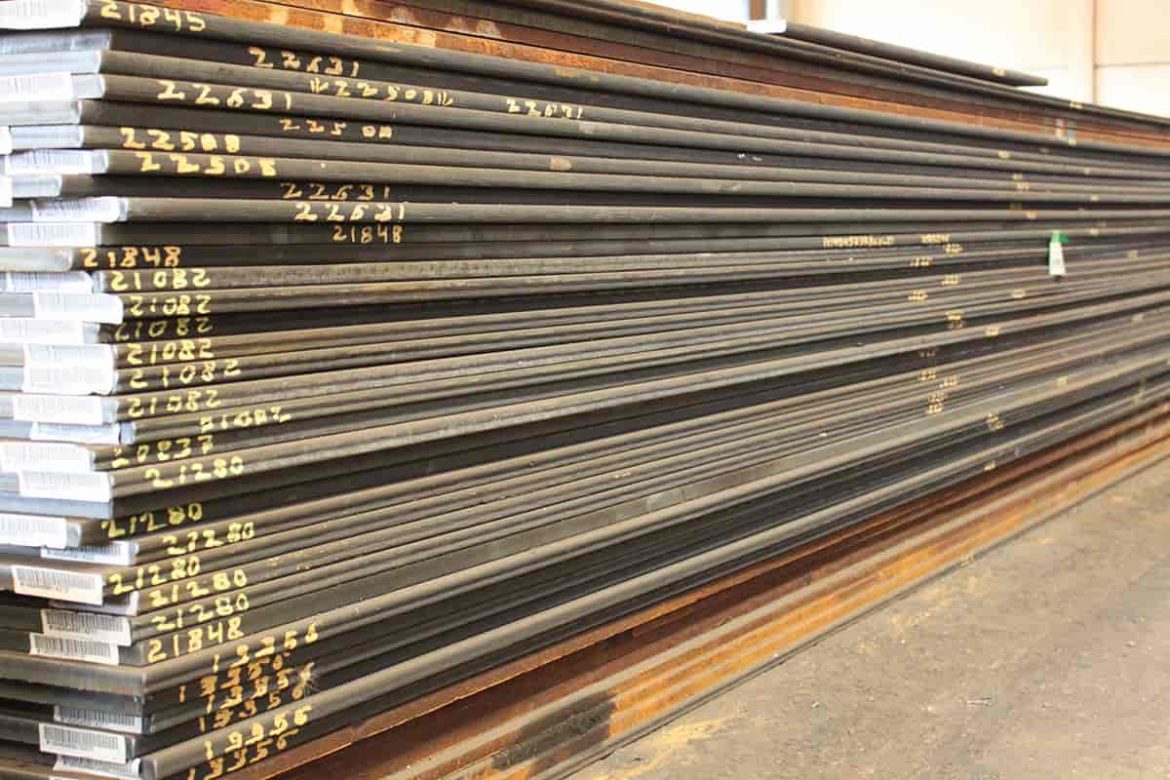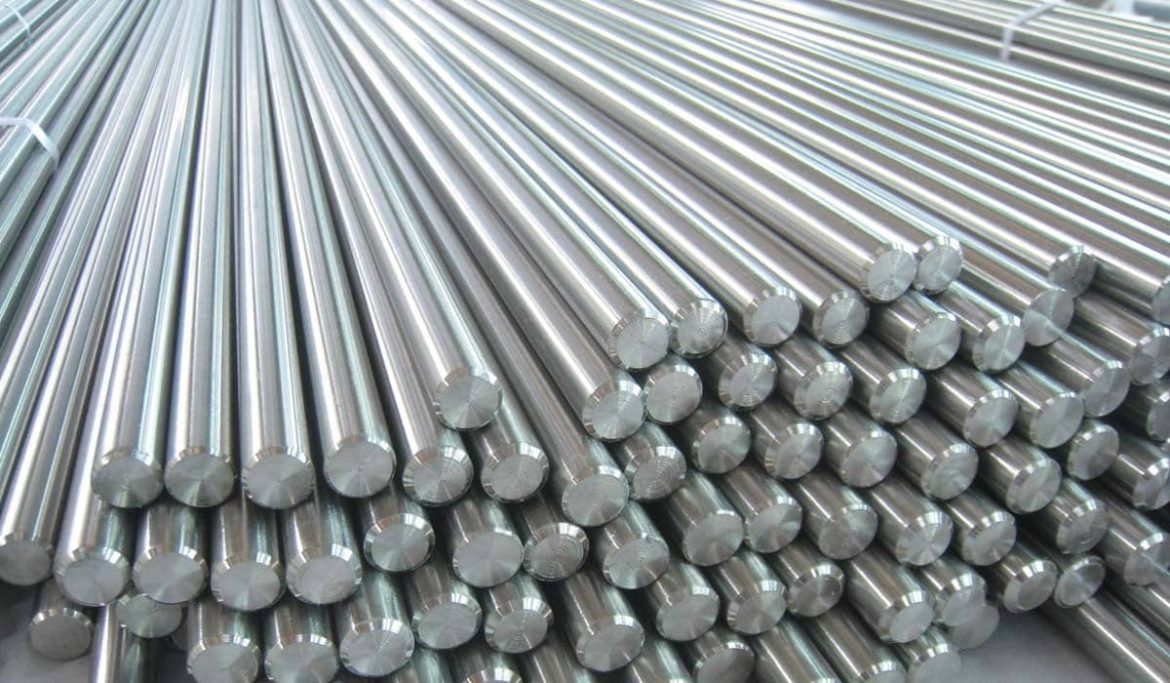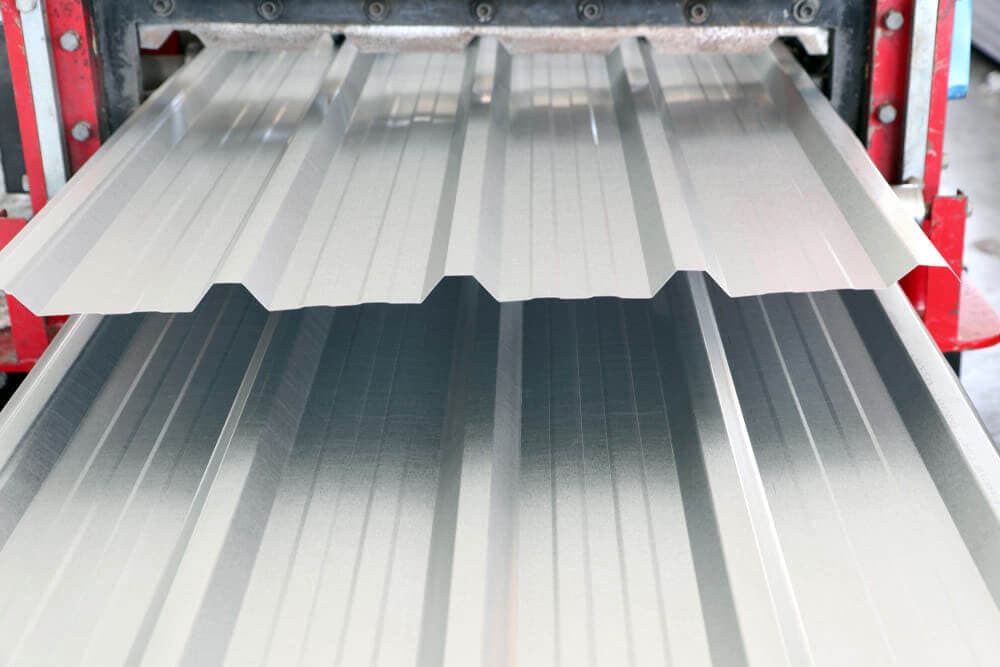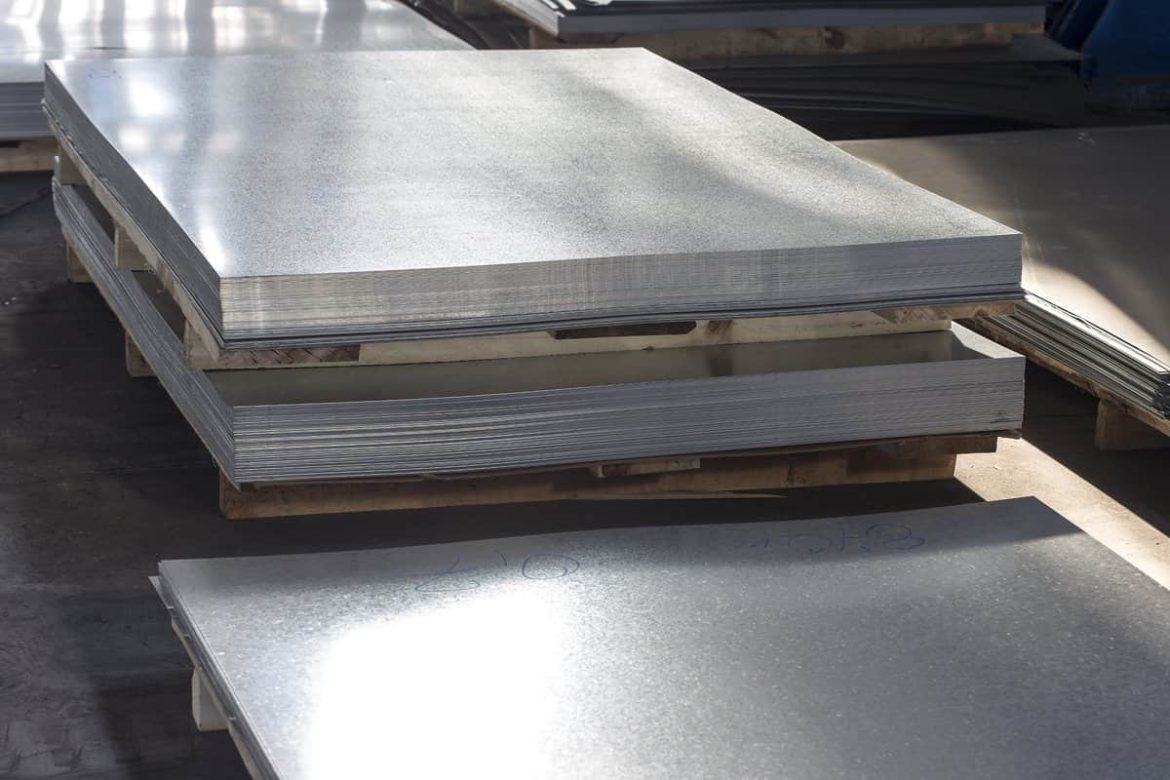Buy Martensitic Stainless Steel + Great Price With Guaranteed Quality
We will discuss what is martensitic stainless steel and what can it do for your business
Stainless steel is known for its corrosion resistance, heat resistance, high strength, and cleanlinessThere are five different types of stainless steel, and the difference between them is the chemical composition of each
Martensitic steel is a type of stainless steel known for its strength, corrosion resistance, and durability
These properties make martensitic steels ideal for a variety of applications
Below we discuss martensitic steel properties, composition, advantages over other types of steel, and their application in industry
What is Martensitic Steel? Martensitic steel is a type of stainless steel that, due to its chemical composition, can be hardened and strengthened by heat treatment and aging
These methods make martensitic steel stronger than other types of steel, making it ideal for manufacturing medical devices, mechanical valves, turbine parts, machine tools, and a variety of other applications
Martensitic steel composition Like all stainless steels, martensitic steels are primarily composed of chromium, typically 11
5-18% of their composition
Other common ingredients include up to 1
2% carbon and nickel
The high amount of carbon gives this steel a strong molecular structure, but the lack of nickel makes it less resistant to corrosion than other types of stainless steel
Other alloying elements including manganese, molybdenum, and nickel are also added in trace amounts

Processing of Martensitic Stainless Steel Quick cooling martensitic grade the most common types of martensitic stainless steel are 410 stainless steel, 420 stainless steel, and 440A
These martensitic stainless steels respond to heat treatment like high carbon steel alloys
The maximum quench hardness depends mainly on the carbon content
They harden by heating to high temperatures and then cooling rapidly
Because martensitic alloys have such high hardenability, they are often referred to as “air hardening”
Because the hardened martensitic structure is very brittle, the material
is usually reheated at low temperatures to reduce the microstructure or reheated to slightly higher temperatures to soften the material to moderate hardness levels
Annealing is the process of heating the alloy to just below the critical temperature
Full annealing is achieved by heating just above the critical temperature and slower cooling
Types of Martensitic Steels Martensitic steels can be divided into two different types based on carbon content
Low-carbon martensitic steel Low-carbon martensitic steels have a carbon content between 0
05% and 0
25%
Low-carbon versions of martensitic steels are stronger, have higher corrosion resistance, and have greater manufacturing potential
High carbon martensitic steel High-carbon martensitic steels typically have a carbon content between 0
61% and 1
50%
Increasing the carbon content makes the steel stronger because carbon strengthens the molecular structure
However, it makes the metal more brittle and cannot be welded or easily shaped
Type 410 Stainless Steel Type 410 stainless steel is martensitic stainless steel and is considered general-purpose martensitic

Applications include fasteners, springs, pins, cutlery, hardware, gun clips, micrometer parts, turbine blades, coal plates, pump rods, nuts, bolts, fittings, bearings, shaft propellers, pistons, and valves
Small changes in hardening and tempering heat treatments can change the hardness level
Typically, Type 410 is supplied in the annealed condition, but Berjis can also supply Type 410 with a minimum hardness of RC35 for gauges less than 0
040
Cold rolled steel with a minimum tensile strength of 110,000 psi is an additional choice
Type 420 Stainless Steel Type 420 stainless steel has a wide range of carbon content, from 0
15% to 0
45% carbon content, so it has a wide range of hardness levels in both hardened and tempered conditions
This alloy steel can also be hardened to levels between RC40-50
A variety of hardnesses can be achieved through heat treatment cycles, making 420 ideal where specific applications require heating the product
Some applications of 420 stainless steel include fasteners, bushings, surgical instruments, firearms, and valve trims
Type 440 Stainless Steel Type 440A stainless steel is more hardenable than Type 410 or 420 but has limited ductility in the annealed condition
This grade of stainless steel can be hardened to above RC50, making it very attractive for blade applications
This high hardness means the blade stays sharper for longer
Typical applications include knife and fork Surgical Instruments Other martensitic grades The martensitic grades mentioned above are the most common grades available and used
There are other martensitic grades on the market with specific chemical composition and/or mechanical property requirements, but when it comes to martensite, 410, 420, and 440 are the most mentioned
Metal ribbon close Properties of martensitic steels in addition to strength, martensitic steels have several properties that distinguish them from other types of stainless steel

Applications of martensitic stainless steels range from combating relatively mild corrosion conditions to providing maximum strength and hardness for cold parts
Martensitic steel grades are grouped together because they share many of the same characteristics that manufacturers focus on when specifying steel alloys
tinning Martensitic steels are generally brittle and most forms do not respond well to welding
However, quenched and tempered martensitic steel reduces its brittleness and increases its utility
The quenching and tempering process involves heating the metal followed by rapid cooling to hold it in place quickly
High carbon martensitic stainless steels are generally not recommended for welding applications, although Type 410 stainless sheets of steel can be welded relatively easily
magnetic Many types of martensitic steels are magnetic
If iron is present in the alloy, the crystal-like molecular structure can be magnetic
Magnetism can make sorting metals easier, but it can also make welding and other manufacturing processes more difficult
Both in their annealed and hardened phases, martensitic steels exhibit magnetic properties
Plasticity Ductility is the ability of a metal to be formed into different shapes without breaking or cracking
The ductility of martensitic steels decreases with increasing carbon content
The low-carb form is not suitable for getting in shape, but it is possible
High-strength Martensitic stainless steels are mainly, but not always, used where high mechanical properties are required
The degree of their corrosion resistance is more than other alloys of the stainless-steel family, which is the limiting factor in their use
Martensitic and precipitation hardening (PH) grades of stainless steels are heat treatable, thus providing hardness and strength in a wide range of applications

They are supplied for machining in solution annealed condition
Downstream manufacturers perform the final heat treatment to meet the desired mechanical properties
Martensitic stainless grades are essentially Fe-Cr alloys with a higher carbon content than ferrite, which allows them to harden when cooled in air, oil, or water
Depending on the grade and intended application, ductility is improved by tempering
The high strength and hardness distinguish martensitic stainless steel from other stainless-steel families
How is Martensitic Steel Different from Other Kinds of Stainless Steels
As mentioned earlier, stainless steel types differ in their chemical structure and composition
These factors determine the properties and possible applications of the steel
stainless steel This steel has a higher chromium content than other types of stainless steel
They also consist of nitrogen, manganese, and nickel
This makes them highly corrosion resistant and one of the most widely used types of stainless steel
Unlike martensitic steels, austenitic steels are weldable, forgeable, generally non-magnetic, and not heat treatable – it can only be hardened by cold work
Ferritic stainless steel Ferritic steels are high in chromium and low in carbon
Due to the low carbon content, ferritic steel is not as strong as martensitic steel, but it has strong corrosion resistance and magnetic properties
These steels are commonly used in the automotive industry, kitchen appliances, and industrial machinery
Ferritic steels are also not heat treatable and are processed almost exclusively in the annealed condition
Precipitation hardened stainless steel (PH)
PH stainless steel is made by adding copper, molybdenum, aluminum, and titanium (alone or in any combination)
These metals are three to four times stronger than austenitic steels and have relatively low toughness
PH steel is widely used in aerospace, oil and gas, and nuclear industries due to its unique strength and good ductility
Martensitic stainless steels are ideal for many applications due to their durability, strength, and corrosion resistance
The composition and properties of martensitic steel make it superior to other types of steel in various industrial functions

Due to its chemical composition, heat treatment and aging can lead to the hardening and strengthening of martensitic steels
These treatments make martensitic steels ideal for manufacturing valves and machine tools, turbine parts, medical devices, and other applications and products
The versatility of martensitic stainless steel can solve many problems
If you want to learn more about our martensitic stainless-steel strip and wire or want to speak with a Specialty Metals expert who can help you find the right alloy for your exact needs
Austenitic stainless steel is a stainless-steel alloy with excellent corrosion resistance and impressive mechanical properties, while martensitic stainless steel is an alloy with more chromium and usually no nickel
The main difference between austenitic stainless steel and martensitic stainless steel is that the crystal structure of austenitic stainless steel is a face-centered cubic structure while martensitic stainless steel is a body-cubic structure
Hardened Martensitic Stainless Steel
Hardened martensitic stainless steel One of the advantages of martensitic steels is that they become harder and harder after heat treatment
When this type of steel is heated and cooled rapidly, atoms get stuck in a twisted position known as a body-centered quadrilateral, which makes the steel harder and stronger
There are several processes available for hardening martensitic steels
age hardening This process hardens the steel by heating it, forming deposits that prevent defects in the steel’s molecular structure from moving
Controlling these defects makes the metal harder and stronger
Once heated, it stays at a high temperature for several hours until the process is complete
This process is often used to increase the strength of martensitic steels
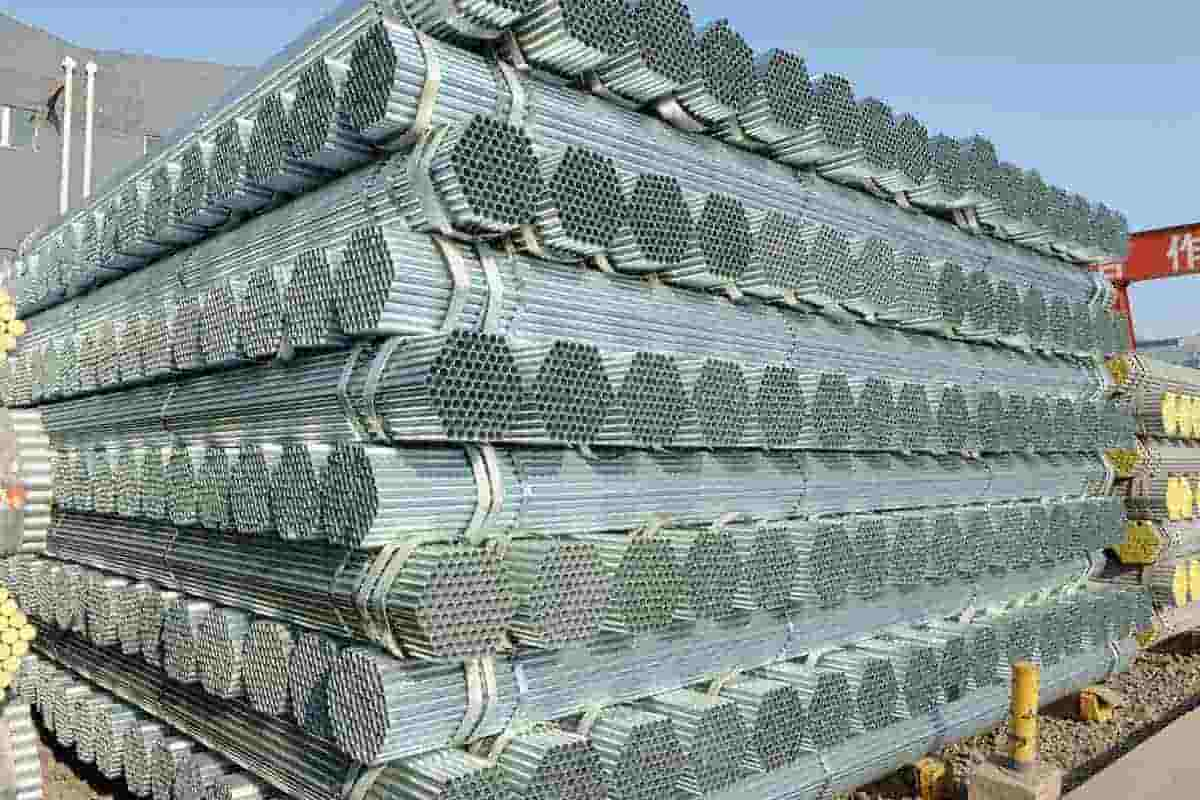
Annealing is the process of heating steel to homogenize the steel’s molecular structure and relieve stress
This makes the steel softer and easier to handle
c lose and adjust Quenching and tempering is the process of hardening steel by heating, rapidly cooling, and then reheating the metal
After initial heating and cooling, the metal is hard but brittle
The second heat is designed to bring the steel back to a ductile temperature
Martensitic steel is a type of stainless steel that, due to its chemical composition, can be hardened and strengthened by heat treatment and aging
Transformation hardening is a more general term for martensitic hardening and is one of the most important processes in the heat treatment of steel
Binite transitions should not be discussed in this article, although hardening of transitions can be considered
Martensitic transformation occurs if carbon or low alloy steels are quenched from the cubic austenite phase (γ) below the martensitic start temperature Ms
Martensitic hardening processes, especially case hardening processes, are widely used in industry to increase the fatigue strength of components under stress on unloaded (eg, bending) and load-limited (eg, Hertzian pressure) surfaces, as well as used improve its wear resistance [1]
In the automotive and aircraft industries, most load-bearing components are case-hardened due to the substantial increase in load capacity
The alloy content of precipitation hardening grades is higher than that of martensitic grades
They contain nickel and copper, with aluminum, titanium, niobium, and molybdenum added to harden over time
Their microstructure after final heat treatment is austenite, semi-austenite, or martensite, depending on the chemical composition
ConclusionAll information mentioned above providing to the buyers who want to know and buy metal steel products with professional and innovative thoughts, and passionate and enthusiastic attitudes
Our vision is to be a standard for customized products and quality services so that we can build a good brand image of our company in the national and international market with competitive prices and cheap shipping services
And do not hesitate to any questions our support teams are available
For more information kindly visit our site
